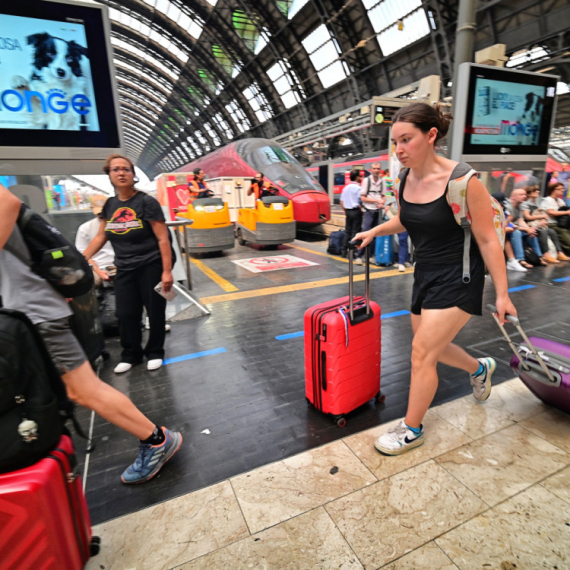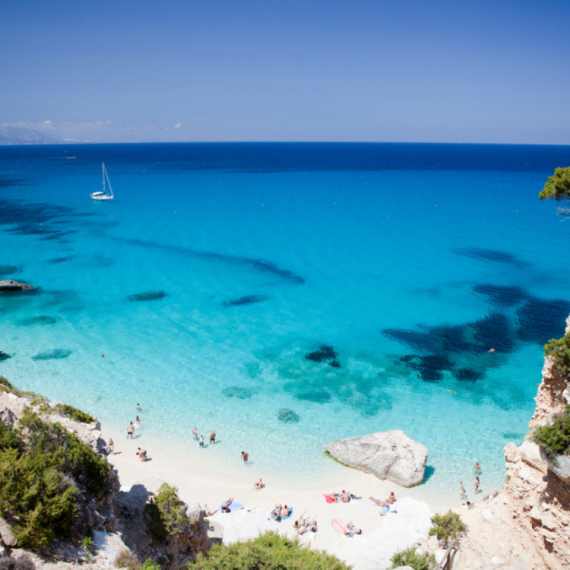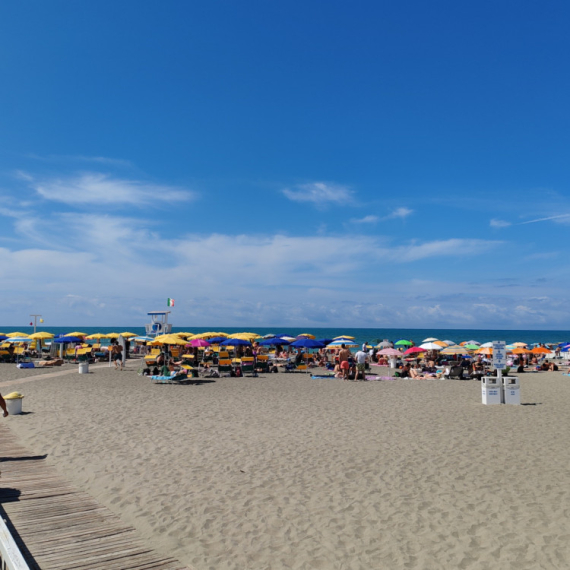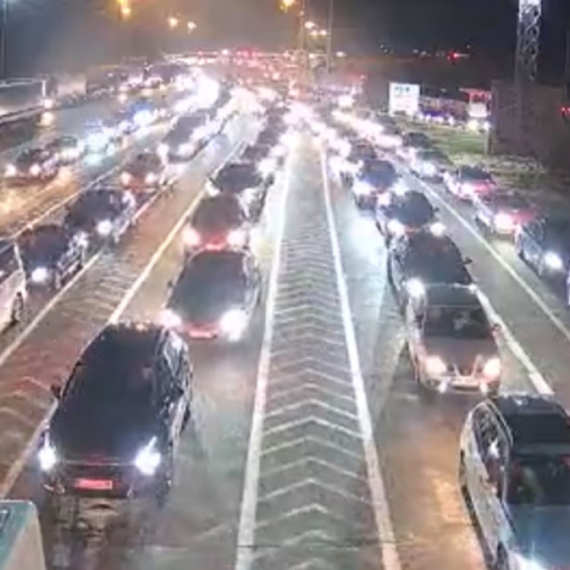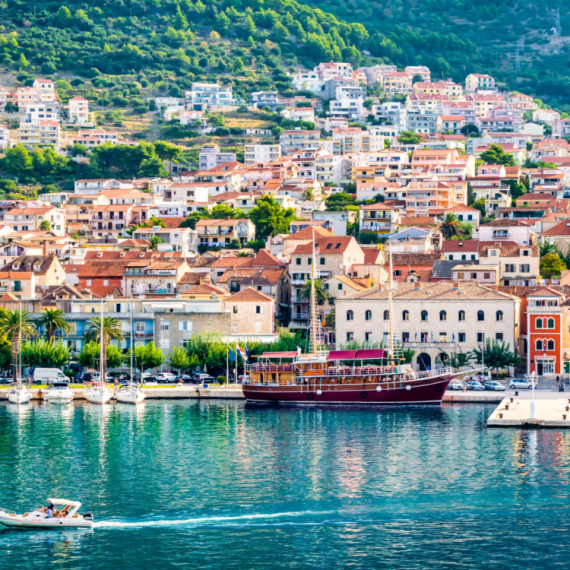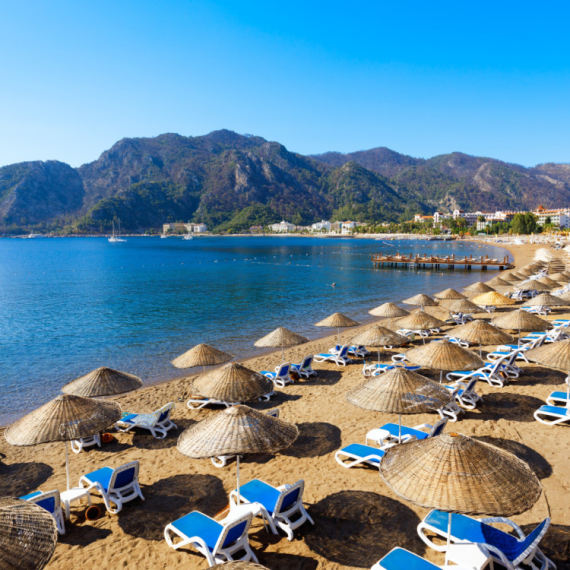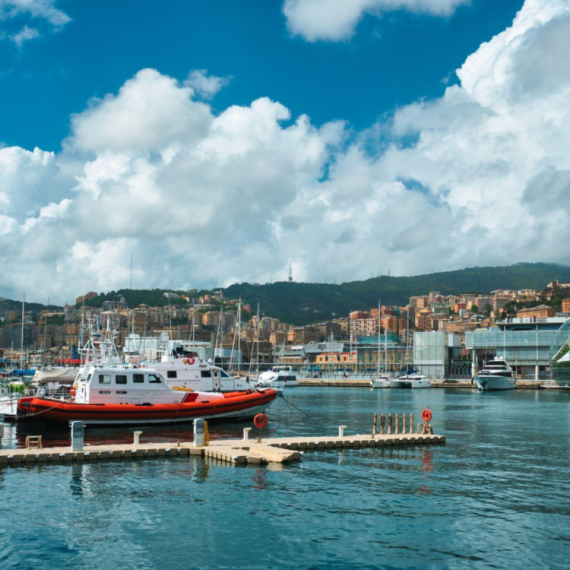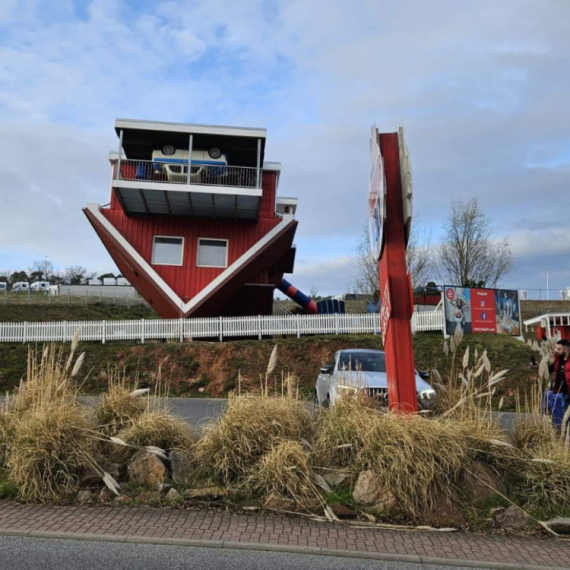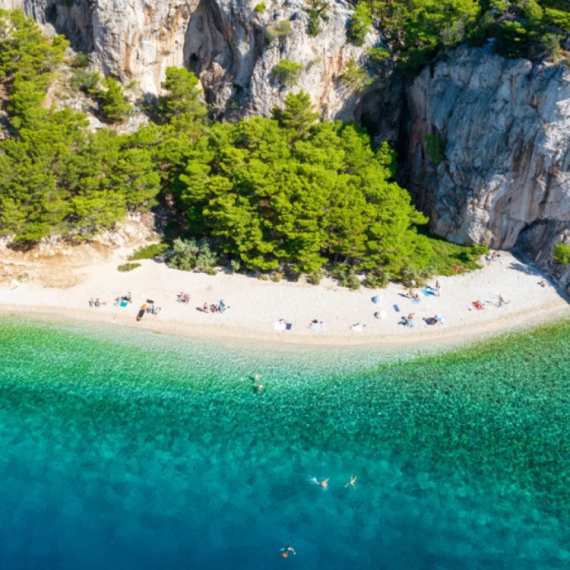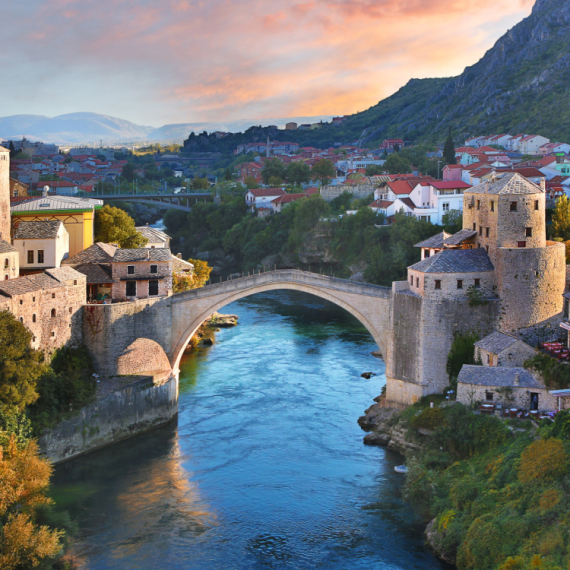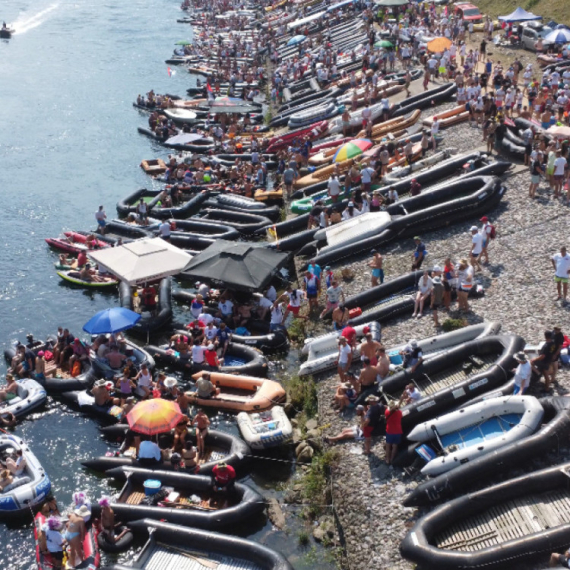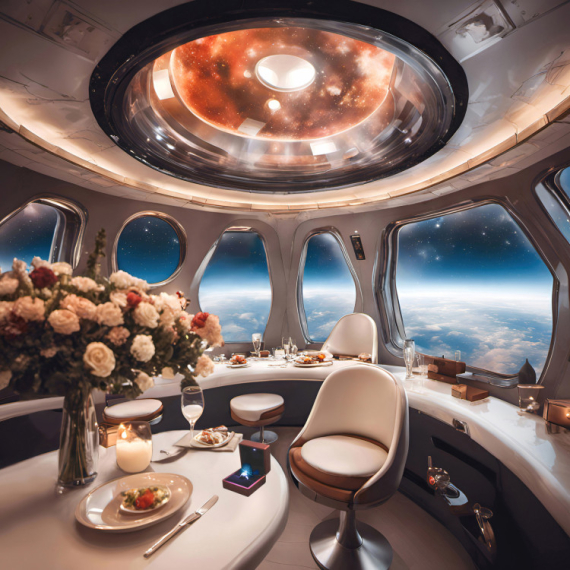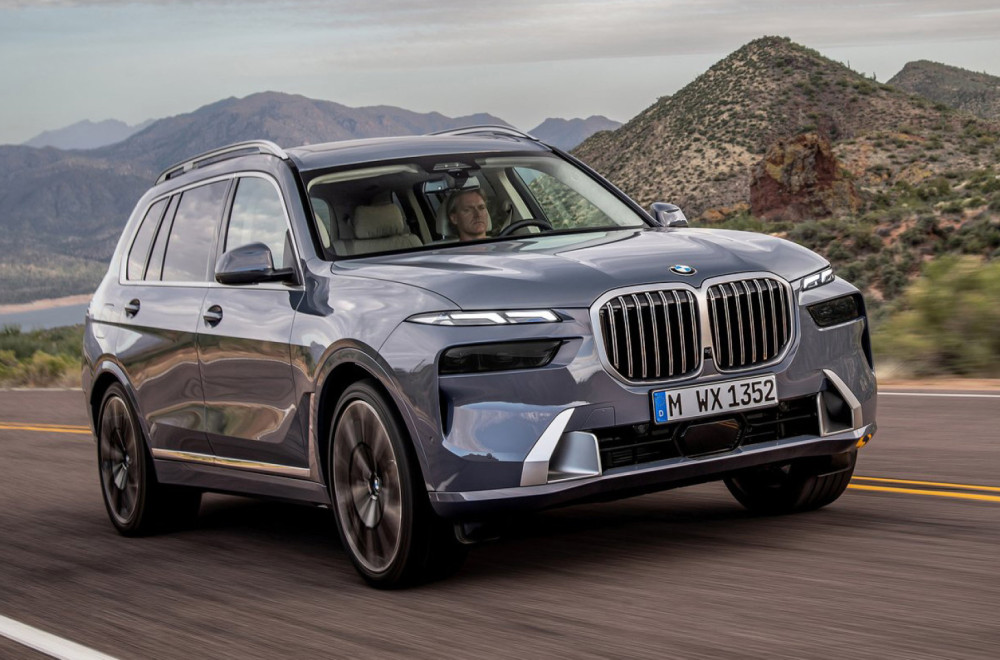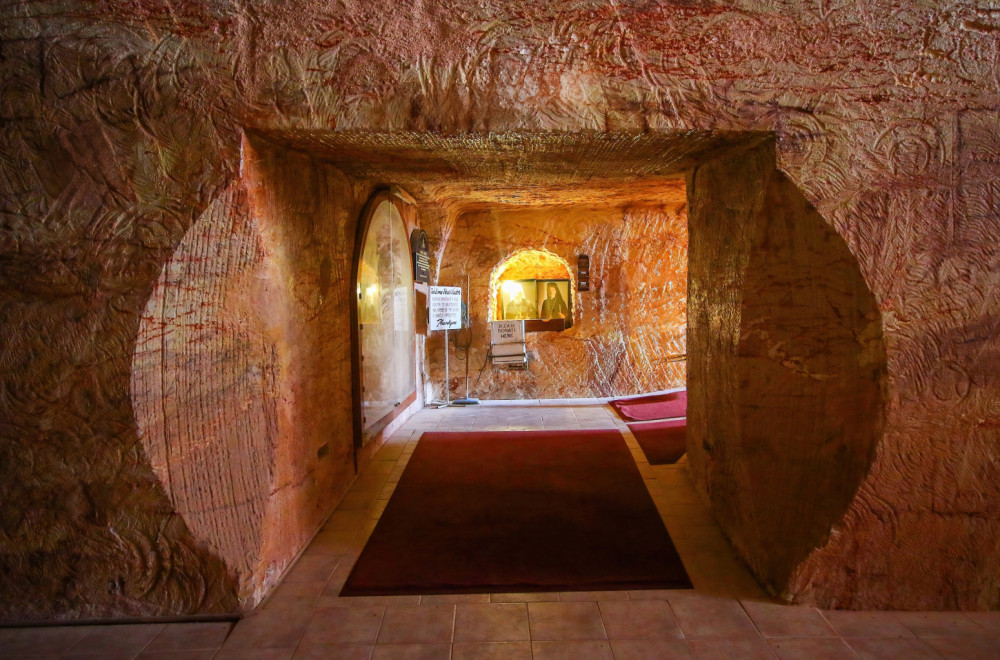Italian Restaurants or ATMs?
Have you ever thought you’d pay a bill that shocks you for a single lunch on the Italian island of Ponza? Four guests at the restaurant “Il Rifugio dei Naviganti” paid a whopping €480! Yes, you read that right – €480 for lunch! The priciest dish was lobster pasta, costing a staggering €120, while two bottles of local wine at €60 each pushed the bill even higher.
The Internet is on Fire
The bill’s photo spread like wildfire on social media, sparking a flood of comments and outrage. Users were appalled by what they saw as excessive prices, with some even suggesting reporting the restaurant to financial police for possible overcharging. Is this just arrogance or a common practice in luxury restaurants on Italian islands?
Restaurant Owner Stands Firm
Mario Kopa, the restaurant owner, didn’t back down. He claims everything was completely transparent and legal. Guests saw live lobsters, knew their weight and price. “Who orders lobster knows what to expect,” Kopa said. So, if you’re ready to pay, you can enjoy luxury – but is it justified?
Strikes and Luxury Trains in Italy
While Italy braces for a massive strike affecting almost all sectors, including railways and air traffic, the first luxury Italian train “Dolce Vita Orient Express” has started running. This contrast between luxury and social unrest complicates the image of Italian tourism and hospitality even more.
Expensive Bills Are Not Rare
This isn’t the first case of sky-high bills in Europe. Similar stories of overpriced meals come from Germany, Greece, and even cruise ships where bills reached €3,000. Tourists are increasingly targeted by such prices, causing dissatisfaction and suspicion about the honesty of restaurateurs.
What Does This Mean for Tourists?
If you plan a holiday in Italy or other popular destinations, be prepared for possible shocks when you get the bill. Check prices in advance, ask for recommendations, and don’t hesitate to express dissatisfaction. Otherwise, your vacation might turn into a nightmare due to unexpected costs.
Conclusion
Luxury has its price, but where is the line between luxury and exploitation? Are these sky-high bills a sign that tourism in Italy is going in the wrong direction? Or is it just the price we pay for an exclusive experience? Share your thoughts – would you pay €120 for lobster pasta or look for another restaurant?
Join the conversation, maybe you have a similar story or tip for travelers who want to enjoy Italian cuisine without emptying their wallets!










